February 2024 Newsletter
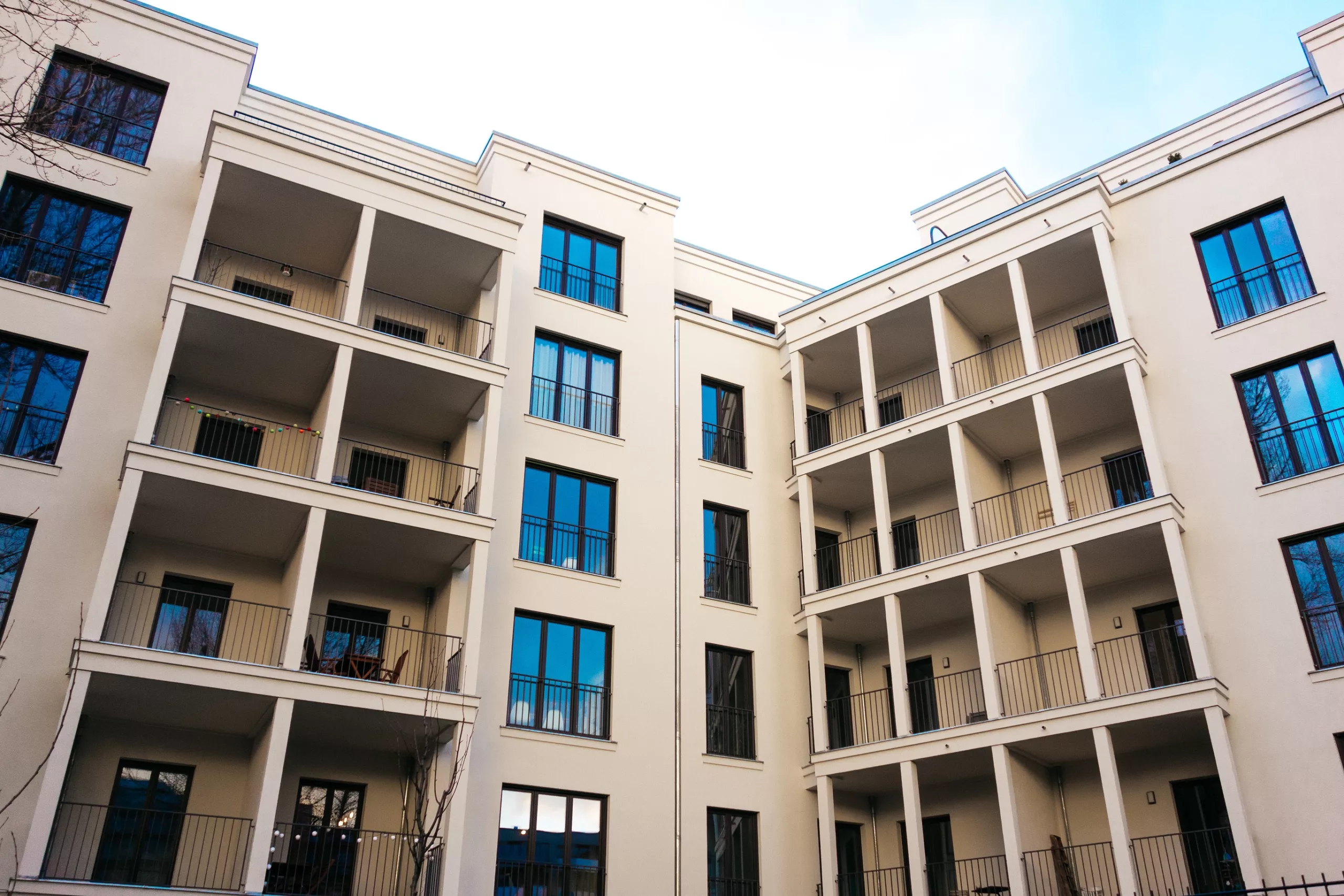
Pulling Federal Investment into Multifamily Housing
By Ravi Malhotra, Originally published in NH&RA Tax Credit Advisor, January 2024
Most federal and state agencies aiming to spend their Inflation Reduction Act (IRA) and Bipartisan Infrastructure Law (BIL) funds for residential clients are finding out that it will not be easy. Most do not think of multifamily affordable housing when they design their residential programs. In focusing on single-family homes, they are learning the hard way that the single-family market is hard to scale. Ironically, a multifamily affordable housing-focused program would expend their funds cost-effectively, simply, and in alignment with Justice40 goals, while offering a scalable and replicable solution. Unfortunately, these agencies will need to be convinced that multifamily affordable housing is not “hard to serve,” (a myth created by implementers who do not understand this market) but is, in fact, their salvation. Beyond that, they will need to create tailored programs that can serve multifamily affordable housing at scale. This advocacy now falls on your shoulders.
To complement the IRA and BIL Resource Guide for Multifamily Affordable Housing that was announced in Tax Credit Advisor’s January issue, we have produced a document that (1) serves as a roadmap for agencies to expend their funding allocations, and (2) debunks the myth that multifamily affordable housing is hard to serve. The multifamily affordable housing sector needs to use these documents to push for more than its fair share of the IRA and BIL pie, building its advocacy efforts around the point that this market offers an unmatched solution for getting the money spent. The new resource, Designing, Launching, and Managing Clean Energy Programs for Multifamily Housing, contains guidance such as:
· Multifamily affordable housing programs work best when designed and implemented on a whole-property basis, rather than serving individual apartments, one at a time.
· For myriad reasons, the same program design cannot serve single-family and multifamily, and multifamily affordable housing is a different animal altogether.
· Programs should take advantage of established strategies for the multifamily affordable housing segment to simplify the qualification, intake, processing, invoicing, and reporting process. Read more here

A new law in Seattle marks the latest in a wave of local efforts to electrify homes and other buildings. Under the city’s Building Emissions Performance Standard, signed into law last week, all existing commercial and multifamily residential buildings over 20,000 square feet will need to reach net-zero emissions by 2050. Meeting that target will effectively require building owners to replace oil and gas-powered furnaces, water heaters, gas stoves, and other appliances with electric alternatives like heat pumps and induction stoves. Buildings in Seattle generate 37 percent of the city’s total emissions, and the new law is expected to slash that number by more than a quarter.
Seattle’s ordinance reflects a growing push to eliminate the use of fossil fuels in buildings, which would reduce indoor air pollution and cut carbon emissions. Read more here
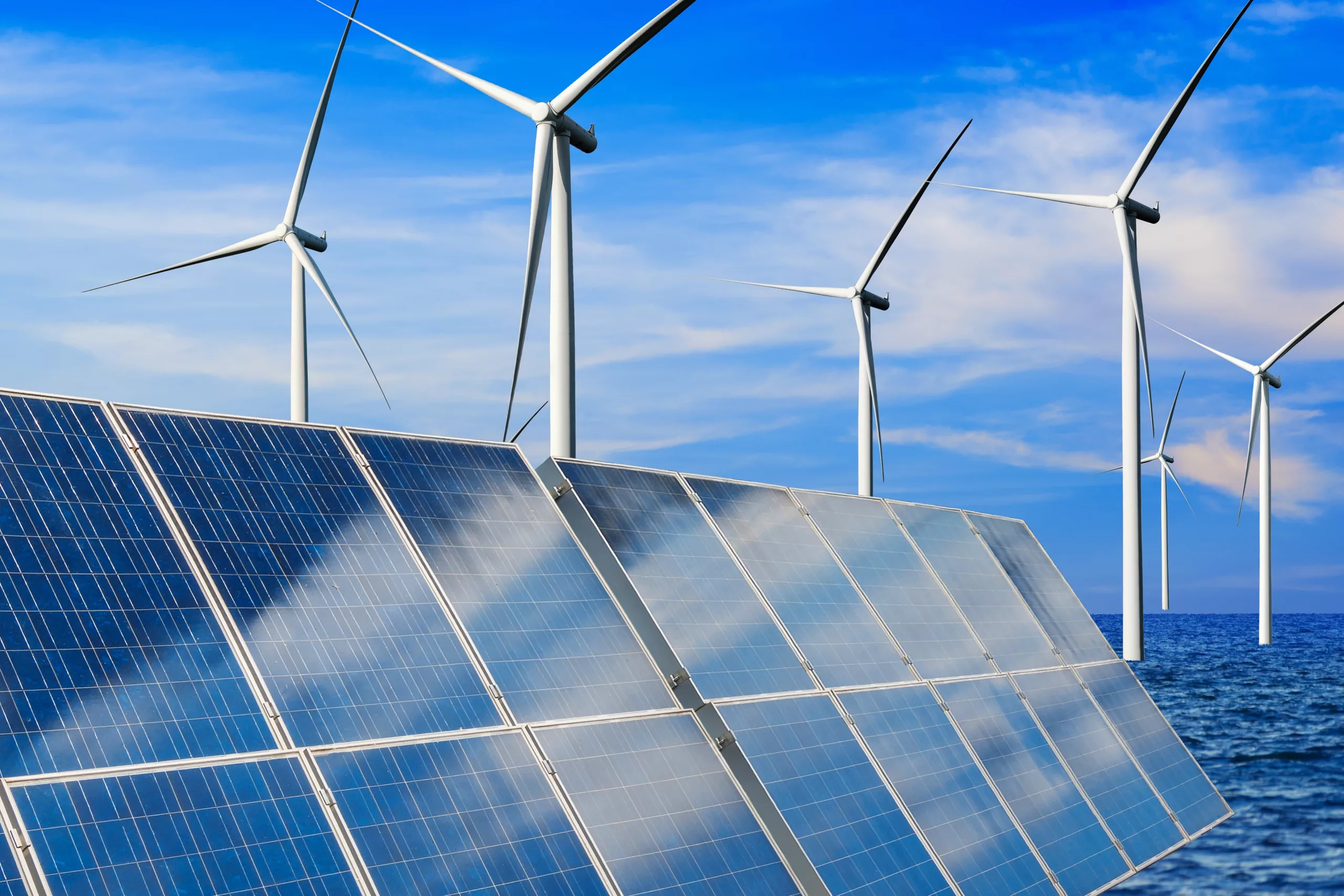
Renewable Energy Outlook: Addressing supply chain, project hurdles could see dividends in 2024
In 2023, both the U.S. solar and offshore wind industries grew rapidly in spite of ongoing challenges posed by the global supply chain, the regulatory landscape, and interest rate hikes. Several offshore wind farms are nearing completion and two have already begun delivering power to the grid, while a record 33 GW of solar capacity was added to the U.S. grid last year.
Experts in both industries say they expect positive trends for these two renewable resources to continue this year, even as those challenges continue. The Inflation Reduction Act and the massive clean energy investments it’s generating play a significant role in that confidence, they say. Read more here
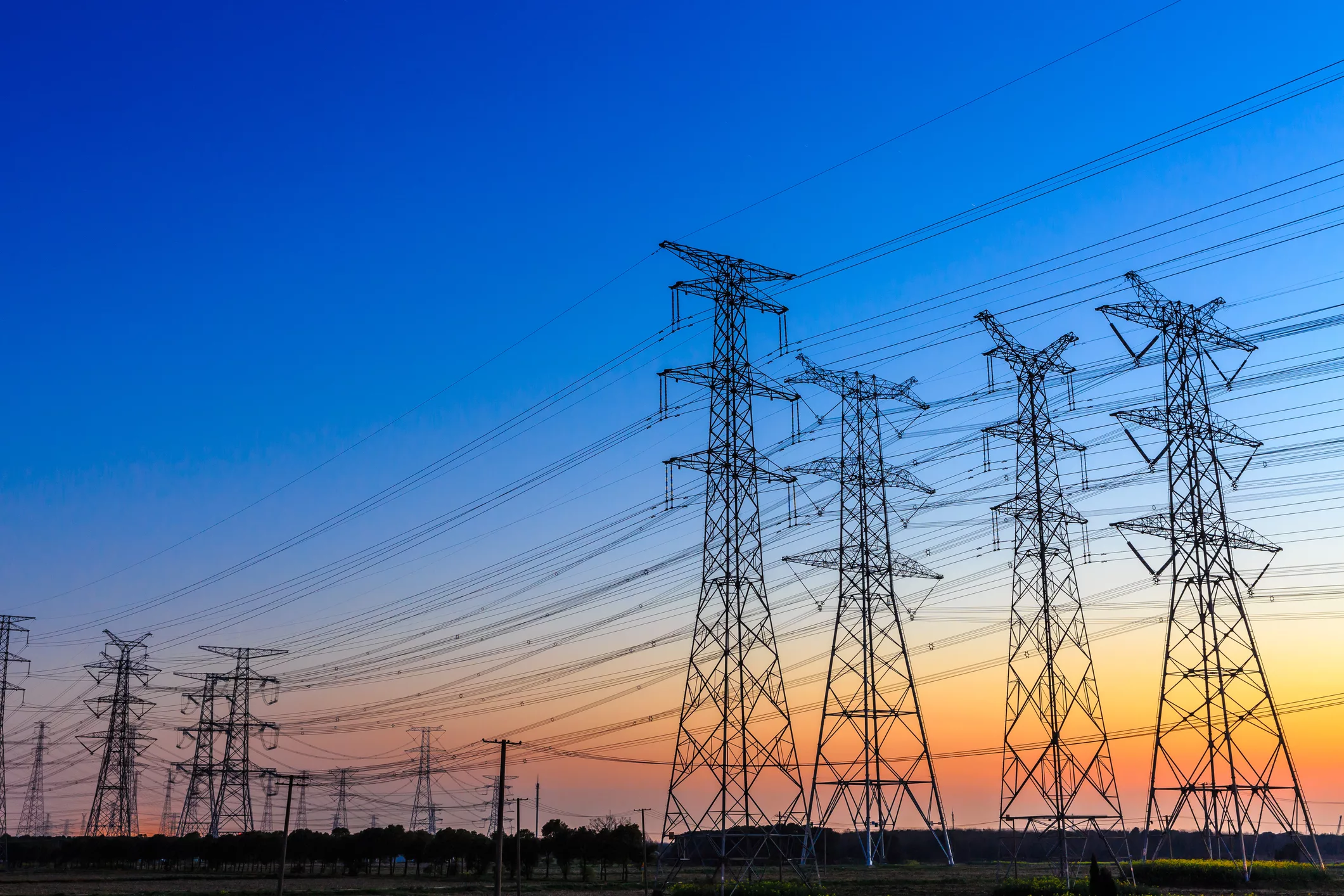
ICAST Policy Blog
Funding Announced for States and Tribes to Modernize Power Grid
The Biden-Harris Administration has announced $562 million for fiscal year 2024 under the Grid Resilience State and Tribal Formula Grant program. This program is designed to help modernize the electric grid to reduce the impacts of climate change while ensuring the reliability of the power sector. The grant formula is based on numerous factors, including population size, land area, probability and severity of disruptive events, and a locality’s historical expenditure on mitigation efforts. Allocation requests and applications for grant funds in this period will be accepted until April 17, 2024.
New Guidance on Clean Vehicle Charging Infrastructure
The Department of Treasury and IRS announced additional guidance on the Alternative Fuel Vehicle Refueling Property Credit (30C). The notice includes an intent to propose regulations to define “eligible census tract,” and lists of tracts determined to be eligible under the rules the agencies intend to propose. The Department of Energy has also published a mapping tool intended to reflect all eligible locations for the 30C credit (not that this tool does not constitute formal IRS guidance).
New and Updated Technical Assistance Resources for Home Energy Rebate Programs
The DOE has released resources to help state and territorial energy offices apply for and implement federal Home Energy Rebates. Resources include sample application responses and guidance, documents on best practices for integrating Weatherization Assistance Program funds with Home Electrification and Appliance Rebates, and more. Read more here
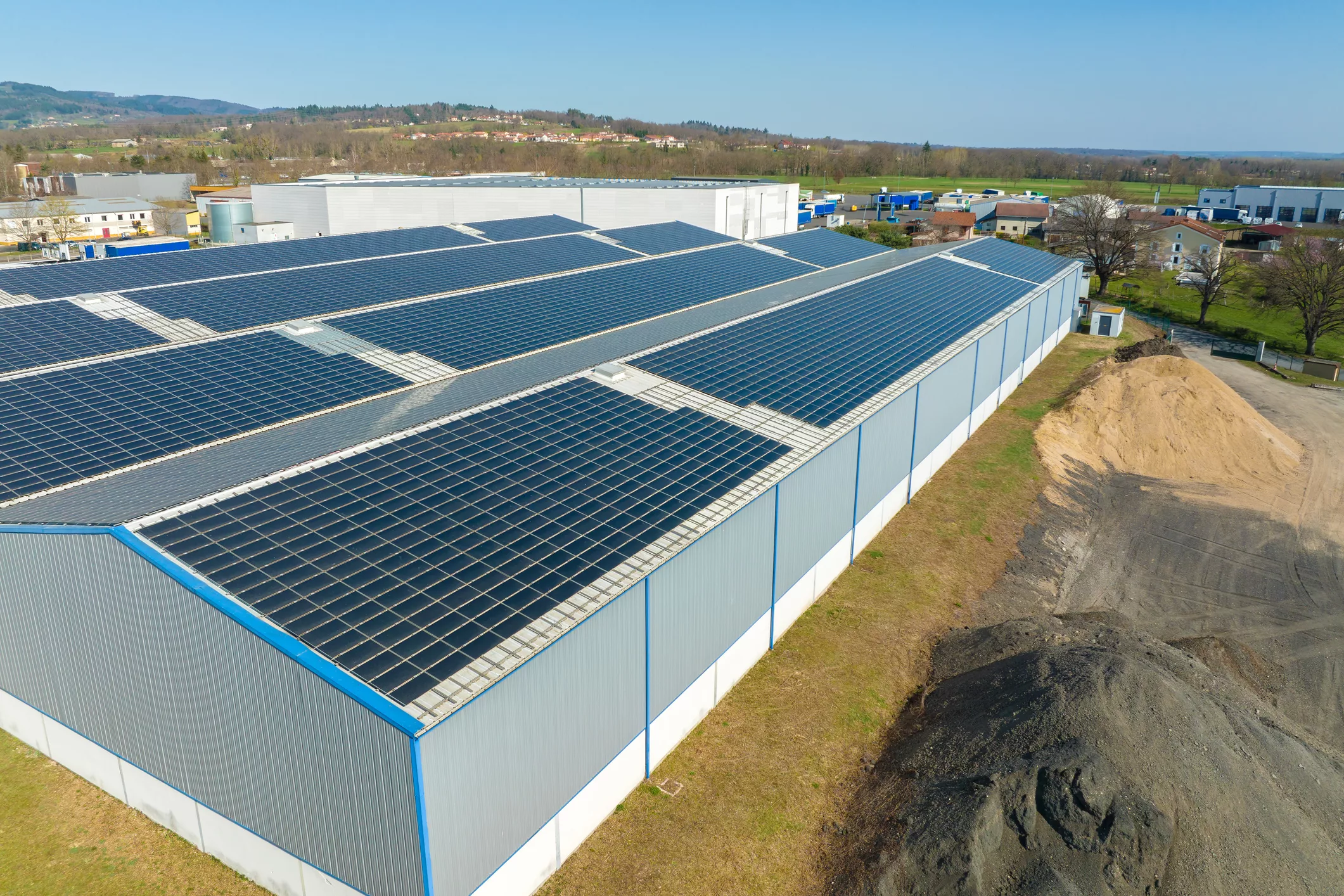
By Sam Lipman | Director of Solar Programs
Mr. Lipman is responsible for developing shared solar projects, thus furthering ICAST’s work to help underserved communities benefit from clean energy solutions.
Looking at the solar landscape today, we’re seeing innovations in solar and storage laying the groundwork for increased efficiency and reduced costs. Further, since the Inflation Reduction Act (IRA) was signed into law in August of 2022, it has been creating something of a renaissance for these technologies.
Deployment: The Solar Energy Industry Association (SEIA) expects solar deployment to have reached a record-breaking 33GW in 2023. The solar industry is expected to almost triple by 2028 in terms of cumulative deployment. This is in large part thanks to key tax incentives from the IRA. Read more here
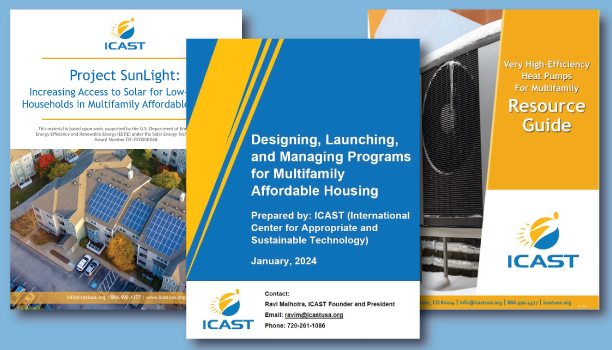
ICAST Grows Library of Resources for Driving Green Retrofits in Multifamily Housing
Recommendations for Federal and State Agencies: ICAST has created a dedicated webpage containing resources to help federal and state agencies working to expend their Inflation Reduction Act (IRA) and Bipartisan Infrastructure Law (BIL) funding on residential markets, especially income-qualified residents. These resources show how and why programs focused on multifamily housing—specifically, multifamily affordable housing—offer the best solution because they are easily scalable, cost-effective, and aligned with the Justice40 goals.
Updated Resources for the Multifamily Community: We are pleased to announce that we have updated the Resource Guide we produced last year, designed to help the multifamily affordable housing market access funds from the IRA and BIL. Read more here
Sign Up for the ICAST Newsletter
